Chibi and Kawaii: The Art of Cute in Manga
In the colorful and expressive world of Japanese manga and anime, two concepts have transcended their original contexts to become global phenomena: Chibi and Kawaii. These terms, synonymous with cuteness and endearment, are not merely aesthetic choices but are deeply ingrained in the fabric of Japanese culture and artistic expression. This introduction to these terms delves into the origins, meanings, and cultural significance of chibi and kawaii art styles, laying the groundwork for understanding their pivotal role in shaping manga, anime, and beyond.
The Significance of "Cute" in Japanese Culture
In Japan, the concept of "cute," or kawaii, permeates various aspects of daily life, from fashion and technology to language and social behavior. Kawaii is more than an aesthetic; it's a value that reflects innocence, simplicity, and vulnerability, evoking a sense of warmth and protectiveness in the observer. This cultural affinity for all things cute has given rise to a unique art and design philosophy that influences global trends and industries.
Defining Chibi and Kawaii
• Kawaii
Originally meaning "pitiable" or "able to be loved," Kawaii has evolved to denote cuteness characterized by childlike qualities, such as big eyes, round shapes, and simplistic features. It's a style and sensibility that encourages an emotional connection between the subject and the viewer, embodying an essence of innocence and joy.
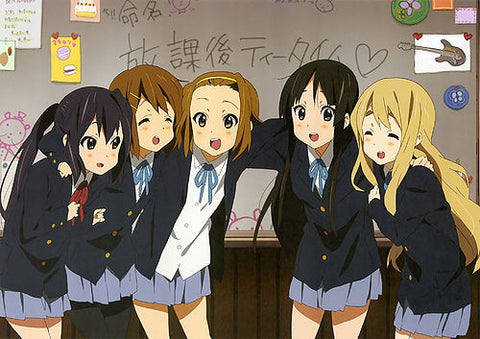
• Chibi
A term derived from "Chibitto," meaning small or short, chibi refers to a specific style of caricature where characters are drawn in an exaggeratedly cute manner, with oversized heads, expressive faces, and compact bodies. This art style is not just a representation of cuteness but also serves to enhance the emotional expression and impact of characters, making them more relatable and endearing to audiences.
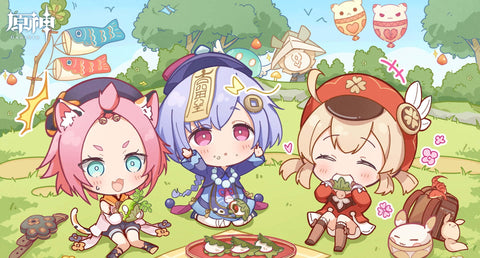
The Origins of Chibi and Kawaii in Manga and Anime
Manga and anime have been instrumental in popularizing chibi and kawaii art styles, using them to convey a wide range of emotions, from comic relief to profound affection. These styles have roots in early Japanese art and literature but were formalized in the manga and anime of the post-war era, reflecting a society's collective longing for peace, comfort, and simplicity.
As we embark on this exploration of chibi and kawaii in the manga, we will uncover how these art forms are not just about creating visually appealing characters but are also a reflection of cultural values, societal shifts, and the universal human desire for connection and empathy. Through this journey, we aim to understand the depth and breadth of Chibi and Kawaii's impact on manga, anime, and their global audience.
The Foundations of Cute in Manga
The Historical Evolution of Kawaii Culture in Japan
The roots of kawaii culture in Japan can be traced back to the post-war era, a time when the country sought to rebuild its identity and heal from its traumas. This period saw the emergence of a new aesthetic in art and literature that emphasized cuteness, innocence, and simplicity. The appeal of kawaii culture lies in its ability to evoke feelings of comfort, nostalgia, and a longing for a simpler, more innocent time. It wasn't long before this aesthetic found its way into manga and anime, genres already known for their ability to reflect and shape cultural trends.
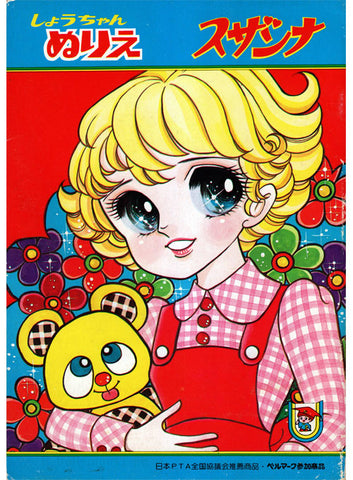
The Emergence of Chibi Art Style in Manga and Anime
Chibi's art style, characterized by its exaggeratedly cute depictions of characters, emerged as a distinct form of expression within manga and anime. This style, with its oversized heads and expressive faces, allowed artists to convey a wide range of emotions, from humor and joy to sadness and vulnerability, in a visually striking and immediately relatable way. The chibi style's versatility made it a staple in both comedic and dramatic narratives, enhancing the storytelling by adding layers of emotional depth and visual interest.
Understanding Shoujo Manga: The Birthplace of Kawaii and Chibi
Shoujo manga, targeting a young female demographic, played a crucial role in the popularization of kawaii and chibi art styles. These genres often explored themes of romance, friendship, and personal growth, with an emphasis on emotional expression and character development. The kawaii and chibi elements in shoujo manga served not only to attract readers with their cute and appealing character designs but also to emphasize the characters' emotional states, making the stories more engaging and relatable. The success of shoujo manga in incorporating these styles paved the way for their widespread adoption across various genres of manga and anime.
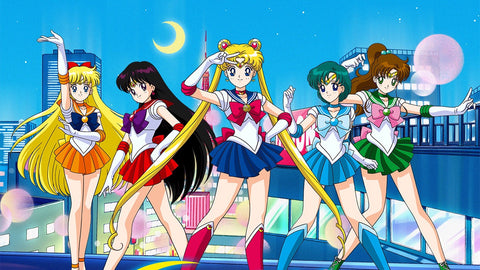
Characteristics of Kawaii and Chibi Art
Key Features of Kawaii Drawings and Their Cultural Implications
Kawaii drawings are distinguished by their bright colors, rounded shapes, and simplistic yet expressive features. Because of these adorable characteristics in chibi and kawaii art, viewers are left feeling affection and care toward the characters. With these feelings occurring, it's no wonder the kawaii culture has extended past manga and anime into other categories like fashion, product design, digital communication, emojis, and more. The universal appeal of kawaii can be attributed to its embodiment of innocence, nostalgia, and a longing for comfort in a complex world.
Analyzing Chibi Art: Exaggeration and Endearment through Super Deformation
Chibi art takes the concept of cuteness to an extreme, utilizing super-deformed characters to emphasize their emotional expressions. Chibi characters' emotions are conveyed more potently than in our daily lives and other, more realistic characters (even within the same manga/anime). This drastic difference allows viewers to easily distinguish the feelings and actions of the chibi characters, allowing for a deeper emotional connection with viewers.
The Role of Large Eyes and Facial Expressions in Character Design
One of the most iconic features of kawaii and chibi characters is their large, expressive eyes. This design occurs for multiple reasons, including ease of drawing. More importantly, larger eyes allow artists to portray expressions more deeply, from joy to sadness, anger, and affection, allowing viewers to establish a connection with the characters. Additionally, the expressiveness shown by each character in kawaii and chibi art underscores the importance of visual storytelling in manga and anime, where characters' inner worlds are often communicated through their physical appearances.
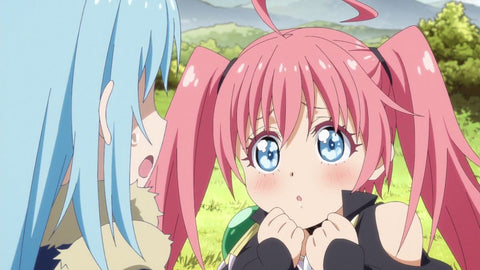
Cultural Impact and Spread
Kawaii and Chibi's Role in Shaping Manga and Anime Genres
Kawaii and chibi art styles have deeply influenced the development and diversification of manga and anime genres, making them more accessible and appealing to a broad audience. This influence extends beyond traditional genres, infusing even action-packed shonen and thought-provoking seinen with moments of light-heartedness and emotional depth. These styles contribute to a genre evolution, breaking down barriers and fostering a more inclusive community of fans worldwide.
The Global Influence of Kawaii Culture: From Hello Kitty to Harajuku Fashion
The international spread of kawaii culture serves as a testament to its universal appeal. Iconic symbols like Hello Kitty and the distinctive Harajuku fashion scene have become global ambassadors of Japanese cuteness, influencing fashion, art, and pop culture worldwide. Because of this widespread appeal, Japan has remained a major influence on global consumer trends as more and more viewers reach for kawaii items in various categories.
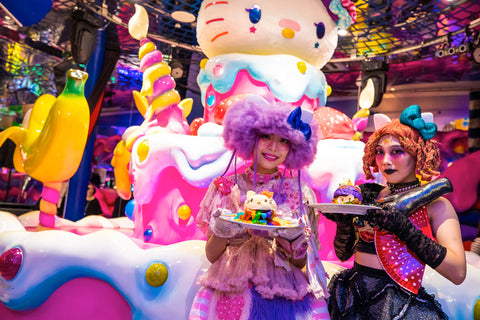
Chibi and Kawaii in Everyday Life: From Merchandise to Social Media
Chibi and kawaii aesthetics permeate daily life, influencing a wide range of products and digital platforms. These styles are everpresent in categories ranging from merchandise beloved by manga/anime fans to Kawaii avatars/emojis used in digital conversations. Fans sharing a love of kawaii/chibi art foster a community of like-minded individuals, providing enhanced social connections on and off the web.
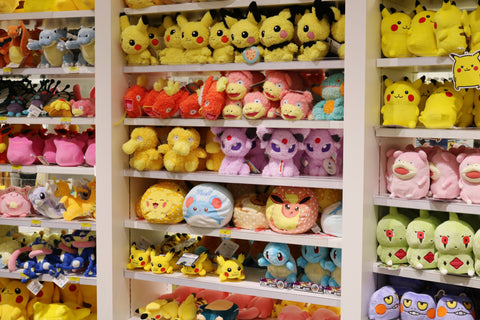
Kawaii and Chibi in Creative Practice
The Process of Creating Kawaii Drawings and Chibi Art
Typically, these characters are developed and drawn by professionals specializing in this art style. They are aware of which features to exaggerate while keeping the character cute. Many artists focus on adding emotion to their characters' eyes, as the eyes are typically quite large. Truly, it's a balancing act of maintaining simplicity while conveying depth that enhances the storyline.
Artistic Variations and the Influence of Demographics on Style
Kawaii and chibi styles exhibit remarkable diversity, shaped by their target demographics. To resonate with various age groups, these art styles utilize various storylines and genres to better resonate with certain demographics. For example, anime/cartoons geared toward children typically include lighter storylines, while those for adults explore more complex situations or are "darker."
However, some cartoons appeal to children and adults alike through jokes that are comedic to various ages or hint at jokes for more mature audiences. Additionally, children's shows tend to primarily feature (if not fully) chibi/kawaii characters, while shows for teens/adults have a combination of more realistic and chibi characters. These demographic considerations influence artistic decisions, shaping the evolution of these styles across genres and mediums.
Incorporating Chibi and Kawaii Elements in Storytelling and Character Development
Integrating kawaii and chibi elements into manga and anime enriches storytelling and character development. Chibi scenes like in Hanamaru Kindergarten, where another child is circling Anzu in a shark fin, offer an example of comic relief that's even more appealing due to the adorable characters. While the scene would still be comedic (especially once the teacher pulls the "shark" out of the water), it's accentuated by the cuteness of the characters and Anzu's exaggerated reaction. The strategic use of kawaii and chibi elements can elevate a story, making characters more relatable and memorable while appealing to a wider audience.

Kawaii and Chibi Beyond Manga
The Adoption of Kawaii and Chibi in Other Art Forms and Industries
Kawaii and chibi have transcended their origins in manga and anime, finding their way into various art forms and industries worldwide. Initially, utilizing chibi art in video games was a small niche. However, it has since grown to be used in more well-known games, creating an offering for players of all ages as the characters are cute and non-threatening.
These expressive chibi/kawaii characters provide a unique experience for players, offering higher engagement and emotional investment. Video games are only one industry influenced by these art styles, as they have also become styles utilized in graphic design and ads, creating a unique appeal that captures the attention and hearts of consumers. The adaptability of kawaii and chibi aesthetics demonstrates their universal appeal and the ability to convey emotion and narrative in diverse contexts.
Kawaii and Chibi's Influence on Fashion, Design, and Advertising
The impact of kawaii and chibi extends deeply into fashion and design, inspiring a global trend that embraces the cute, the whimsical, and the youthful. One such trend is Harajuku, where the streets become a canvas for self-expression, blending traditional Japanese aesthetics with contemporary kawaii influences. In advertising, kawaii and chibi characters often serve as mascots or spokespersons, leveraging their appeal to create memorable campaigns that resonate with a wide audience, showcasing the power of cuteness as a marketing tool.
Case Studies: Successful Kawaii and Chibi Brands and Characters
Ask anyone about Hello Kitty, Sailor Moon, and Pokémon; they'll immediately recognize the brands. These are only a few brands that have successfully scaled their kawaii/chibi characters to achieve global recognition. All three brands have one thing in common: they have produced adorable characters, leaving viewers with positive emotions that expand to purchasing branded products featuring the same characters.
Critiques and Challenges
The Critique of Kawaii and Chibi: Cultural Commodification and Infantilization
While kawaii and chibi are celebrated for their aesthetic appeal and emotional resonance, they are not without their critics. Some comments on chibi and kawaii-themed products perpetuate the idea that Japanese culture is only about selling cuteness, rather than the complex traditions behind the artwork.
Additionally, because of the "cute-ification" of characters, which emphasizes youth and innocence, those critiquing the style of art worry it leads to the infantilization of women and girls, perpetuating problematic stereotypes and expectations. Ideally, those who enjoy kawaii and chibi art can find the balance between cultural appreciation without cultural diminishment.
Challenges in Preserving the Authenticity of Kawaii and Chibi Amidst Globalization
As kawaii and chibi styles become global phenomena, they face the challenge of maintaining their authenticity and cultural roots. When artists from various cultures take on this style of art, they tend to incorporate their style into the artwork. While this allows for more creativity, it also can cause a potential loss of originality as the artwork can start to look like other types of animation/cartoons. Thus, artists need to do their best to preserve the essence of kawaii and chibi while adding their spin to the artwork so the styles are not lost over time.
Future Trends
The Evolution of Kawaii and Chibi in the Digital Age
As we move further into the digital age, kawaii and chibi art styles are evolving in exciting new ways. No longer are these styles only visible in anime, manga, and other similar options. Now, these styles are adapting to digital platforms, from social media and online communities to digital art and virtual reality. The proliferation of digital tools and platforms offers artists new ways to create and share kawaii and chibi content, potentially reaching a global audience instantly.
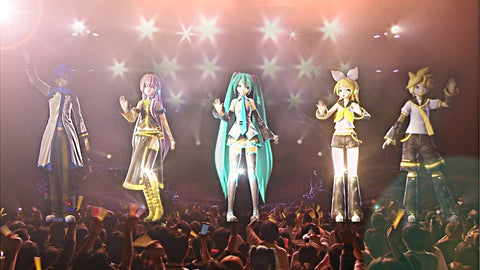
As we continue into the digital age, it means more innovation regarding chibi art and kawaii drawings as they can be created on tablets/computers, saving artists time by allowing options like copy and paste (for repeat characters, scenes, etc.). This can also come with a downside: the artwork may start to become more similar in style for those who use common elements to create their art instead of drawing it from scratch.
Predictions for the Future of Cute Manga and its Cultural Significance
As cute manga has become more accessible worldwide, we can expect the kawaii/chibi art styles to continue evolving as more people from different cultures make manga their own. Additionally, we'll likely see more influence of fan communities on content. In an age where communities can more easily gather large groups to boycott projects (including animated shows/manga), artists will want to appease the masses by following popular storylines.
Perhaps there will even be new ways to interact with these art forms in the future, such as the ability to communicate with the manga community while reading stories on an e-reader. By offering the option for more and more readers to dig into manga, we may continue to see the spread of kawaii and chibi in cultures around the world.
Summarizing the Enduring Appeal of Kawaii and Chibi in Manga and Japanese Culture
While the future of chibi and kawaii manga is uncertain, there's one thing for sure - these styles aren't going anywhere anytime soon. These art styles help create more exciting storylines for readers and watchers, allowing for exaggerated emotions and reactions from the characters.
If you can't get enough manga in your life, consider subscribing to this month's Japan Crate Manga Crate. This crate features 15-17 delightful Japanese snacks, prizes, a collectible, and more, all related to the exciting manga theme. Each month, you'll get an array of goodies that fit the theme and fun crate artwork to accentuate the theme. Subscribe to Japan Crate so you can start digging into delicious Japanese goodies!
Author Bio


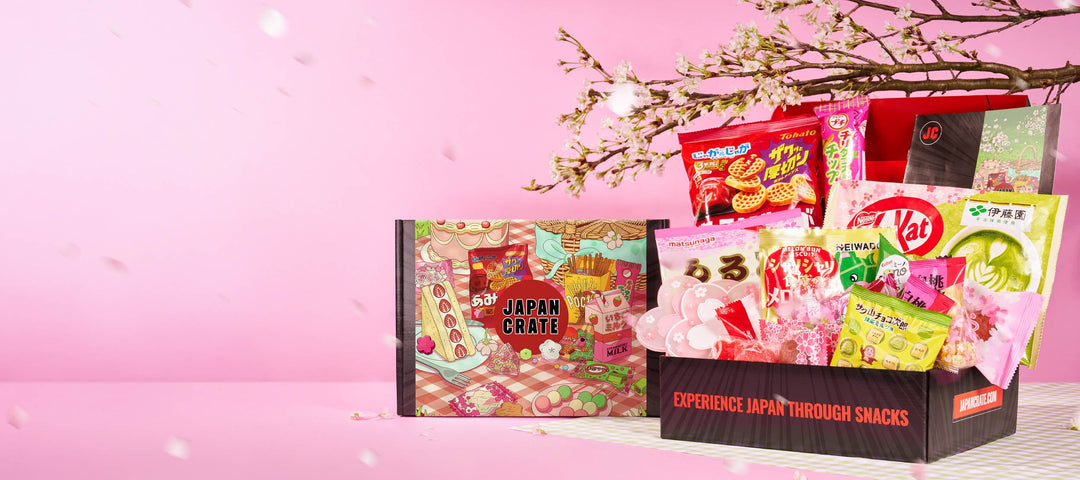
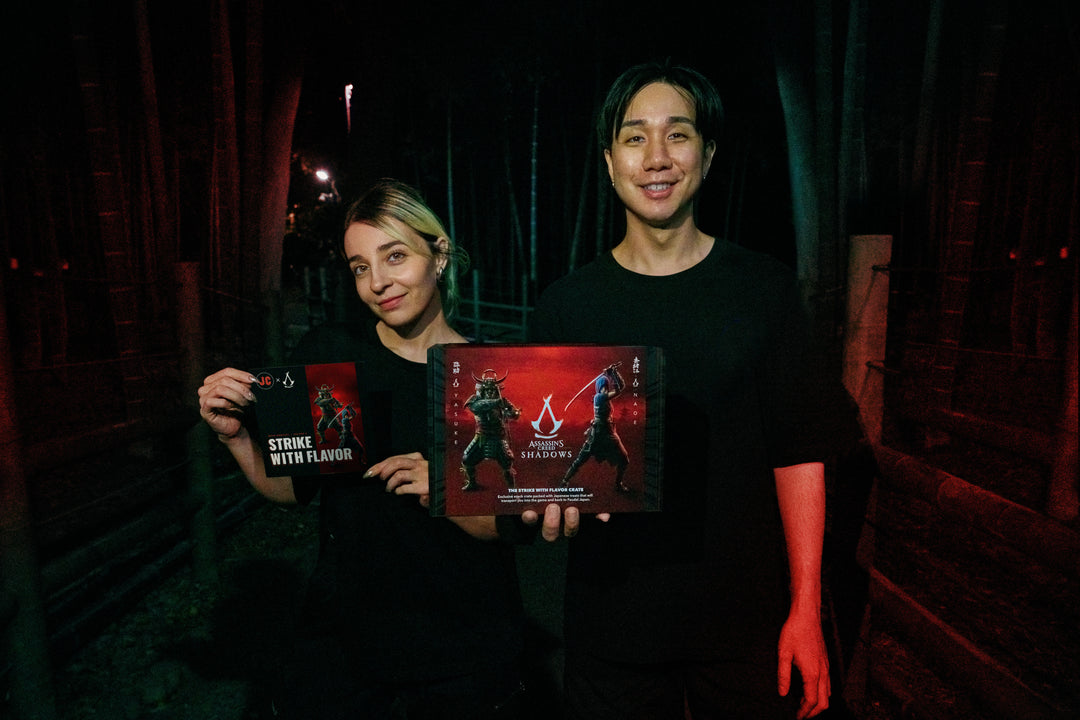
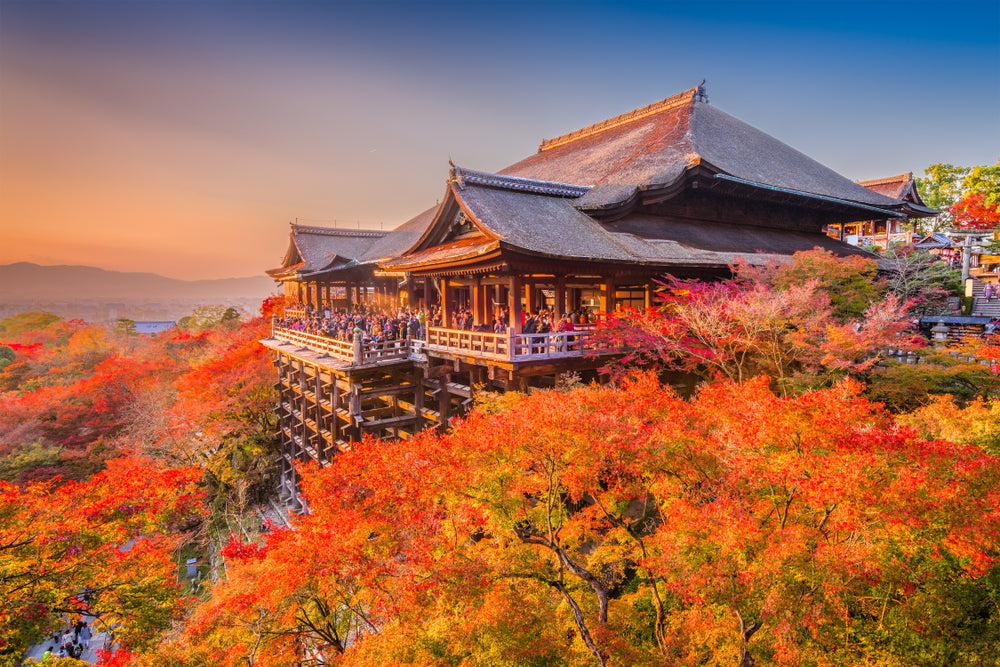
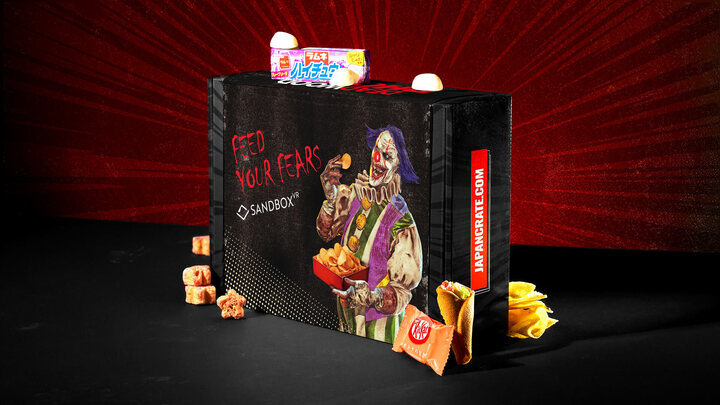

Leave a comment